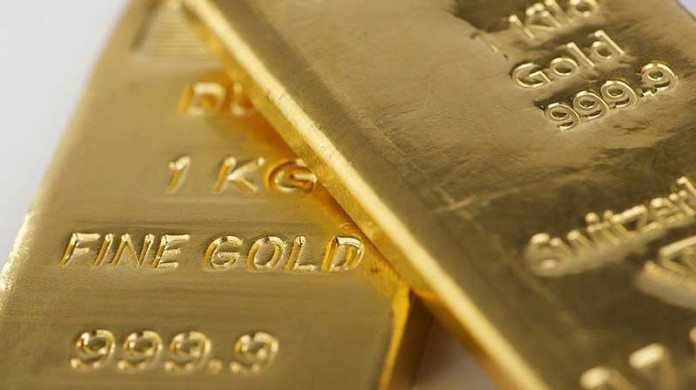
GOLD hedging – selling gold at a pre-determined price before it is mined – became a dirty couple of words in the mining industry as the price of bullion began to increase up to and for a short period after the 2008/9 global economic and financial crisis.
At that point, gold was about $800/oz before adding $1,000 to its value by 2011 when it traded at about $1,800/oz. Locking in profits in the teeth of a bull market hardly made any sense.
In any event, investors could all too well remember the travails of Ashanti Goldfields which almost when bankrupt after burning its fingers on exotic derivatives contracts. AngloGold Ashanti, meanwhile, paid $1,300 per gold ounce to cancel its hedge book in 2010 at a cost of $2.6bn – it was a painful exercise, but it saved itself billions of dollars over the next few years as gold soared.
Funny, then, that gold hedging had made a minor comeback in the first quarter of 2016.
According to JP Morgan Cazenove’s commodity team, some 79.6 tonnes of hedging was announced in the first quarter compared to only 9.2 tonnes in the whole of 2015. What’s strange about this is that gold staged a revival in the first quarter of this year after several years of retraction – a development that suggests investors think the recovery of bullion could give way to volatility.
“JPM feels that hedging strategy in Q1 shifted from protecting specific projects at the beginning of the quarter towards more strategic though still short duration hedging towards the end as producers found it increasingly more prudent to lock in hard earned profits,” said John Bridges, an analyst for JP Morgan.
The view of Nick Holland, CEO of Gold Fields, is that banks might be concerned gold is peaking hence the pressure on their clients to take advantage of the strong price now.
“I understand if people feel pressure to do it and if they do it in small chunks maybe it’s not that bad,” he said. “Remember that global [gold] supply is probably 2,000 tonnes. So if you annualise it [79 tonnes over 12 months is 6.6 tonnes a month] it’s still quite small,” he said.
“Philosophically, we don’t believe in the risk,” said Holland. “We don’t believe in putting a product on to the market before you’ve even produced it,” he added.
Peter Steenkamp, CEO of Harmony Gold, acknowledged hedging metal was “a tool you can use”, but his company’s preference has been to hedge the currency as an alternative means of minimising gold market volatility.
Harmony announced in February that it would hedge about a third of its rand receipts for about R6.2bn. In other words, it has established a minimum and maximum exchange rate at which its future dollar gold sale proceeds could be exchanged into rands. “This has stood us in good stead with all the volatility in the currency this year,” said Steenkamp.
He added that the group would keep an eye out as to a good time to lock in gold sales, a tactic to which Randgold Resources CEO, Mark Bristow, also said he was not averse to. “We do it when we’re starting up a project or closing it; for instance, we hedged the final production of Morila [a gold mine in Mali] just to enable us to push it to shore,” he said.
Bristow doesn’t believe now is good time to hedge generally, however. “Large scale hedging is a joke. And the stars are aligning for another gold bull run which you’re seeing with all the political turmoil across the globe,” he added.
Said Holland: “The long-term fundamentals for gold a very positive with production having come off last year. Central banks are buying; ETF [exchange traded funds] have gone up.
“The fundamentals are good but it’s going to take a while to run through the system. We haven’t seen that yet, but I think between now and then you can expect some volatility,” he said.











